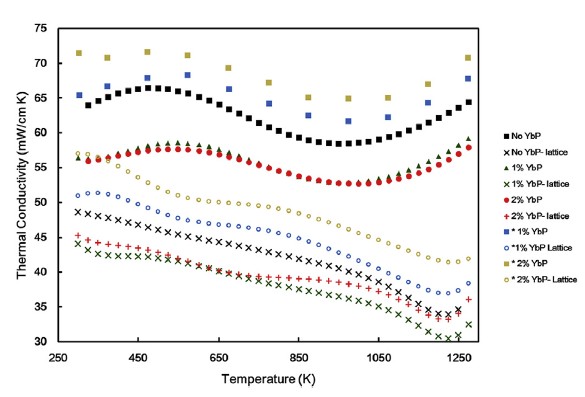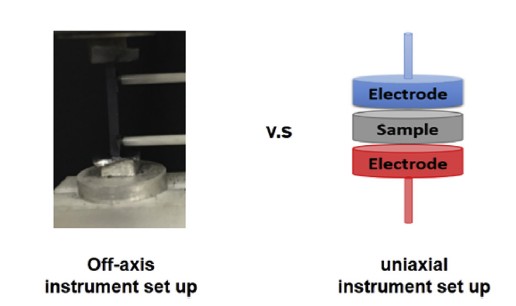Scientists Explore New Way for Preparing SiGe alloys with Superior Thermoelectric Performance
Date:17-07-2018 | 【Print】 【close】
N type SiGe alloys are a kind of superior thermoelectric materials, serve as the power generation ingot in Radioisotope Thermoelectric Generator (RTG), could sustaining convert waste heat from radioisotope decay into electricity.
RTG has very stable power output and doesn’t require extra fuel or maintenance. Therefore, it’s a power resource for the electronic device like aerospace crafts or satellites.
Even SiGe alloys have been applied in aerospace for decades, it rarely seen in daily life. One reason for that is the germanium doping increases the materials’ cost, another is after doped with germanium, the thermal conductivity can be as high as 5 W/mK (thermal conductivity), which limited its thermoelectric conversion efficiency.
How can be the SiGe alloys with low germanium achieve good thermoelectric performance and compatible with RTG?
In order to answer this question, Dr. SUI Fan and her collaborators from the Shenzhen Institutes of Advanced Technology (SIAT) of the Chinese Academy of Sciences considered other phonon scattering mechanisms besides mass scattering from germanium doping, and they explored the influence of YbP on the thermoelectric properties of n-type P doped Si95Ge5 alloy.
YbP particle is rapidly formed in SiGe alloy matrix through Spark Plasma Sintering technique as well as nano grain boundaries, the samples achieve superior thermoelectric properties. Moreover, the research collaborated with Jet Propulsion Laboratory lab, showed that the measurement deviation between off-axis and uniaxial Seebeck coefficient measurement setup is addressed.
SiGe alloys possess good mobility and Seebeck coefficient, but high thermal conductivity, for solving this issue, large amount of germanium is introduced as mass scattering sites towards phonon, and RTG use 20 % germanium doping to achieve zT over 1.35.
In the Si95Ge5 samples with low germanium content, researchers distributed YbH2 and P into SiGe powders to get the precursor and used SPS to synthesize and sinter thermoelectric bulk material in one time.
This unique method created YbP particle in SiGe alloys without introducing obvious matrix distortion and introduce additional scattering from particle radius and the elastic constant difference. The presence of YbP lowered lattice thermal conductivity when the sample was appropriately doped. The Seebeck coefficients were measured with both off-axis and uniaxial axis experimental configurations.
This work was published in Journal of Alloys and Compounds in May, 2018.

Fig 1. Thermal conductivity vs. temperature from laser flash measurements and calculated lattice thermal conductivity. YbP phase decreased lattice thermal conductivity in the low Ge content samples. (Image by Dr. SUI Fan)

Fig 2. Comparisons of Seebeck coefficients measurements results from off-axis instrument set up and uniaxial set up on alloy samples. (Image by Dr. SUI Fan)
